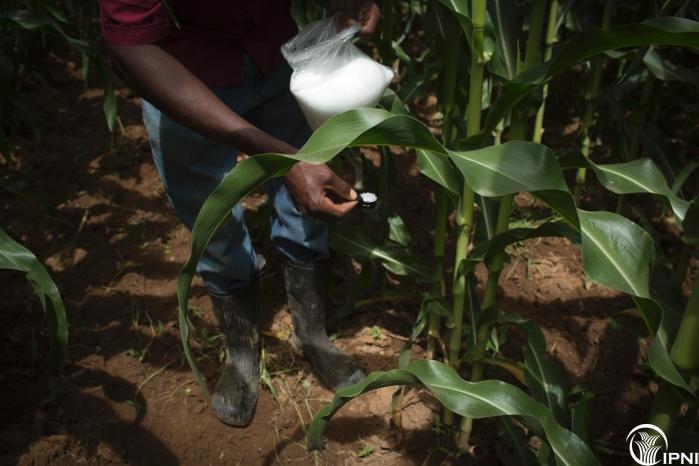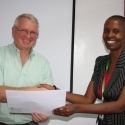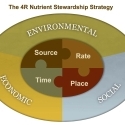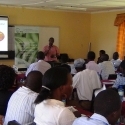10 Nov 2011
4R An overview of the Nutrient Stewardship context in sub Saharan Africa

Smallholder farms in SSA exhibit substantial heterogeneity in soil fertility within short distances, and 4R Nutrient Stewardship provides a basis for managing this variability to increase nutrient use efficiencies. Although fertilizer recommendations in SSA mostly cover N and P only, analysis of nutrient deficiencies show an increase in constraints to crop production with decreasing soil fertility status. Depleted soils that cover wide areas are associated with multiple nutrient deficiencies and addition of the “right” fertilizer sources that provide base cations (K, Ca and Mg) and micronutrients in addition to N and P is required to increase yields. The “right rate” of fertilizer application has also been found to have profound effects on nutrient use efficiency, with on-farm experiments showing that agronomic and economic returns diminish rapidly on most poor soils when nutrient applications rates exceed 60 kg N/ha and 10 kg P/ha. In addition to the standard timing of basal and top dressing fertilizer application, the “right time” of fertilizer application in SSA should be flexible and adjustable to the highly variable inter- and intra-seasonal rainfall as a risk mitigation strategy. The “right place” is often critical when low rates of fertilizer are used, with spot-application more effective at placing nutrients where crops can use them effectively. Each of the four “rights” is directly related to the other three in at least one way, interconnected into a unified, effective system for improving crop productivity in a sustainable manner.



